AARP Hearing Center

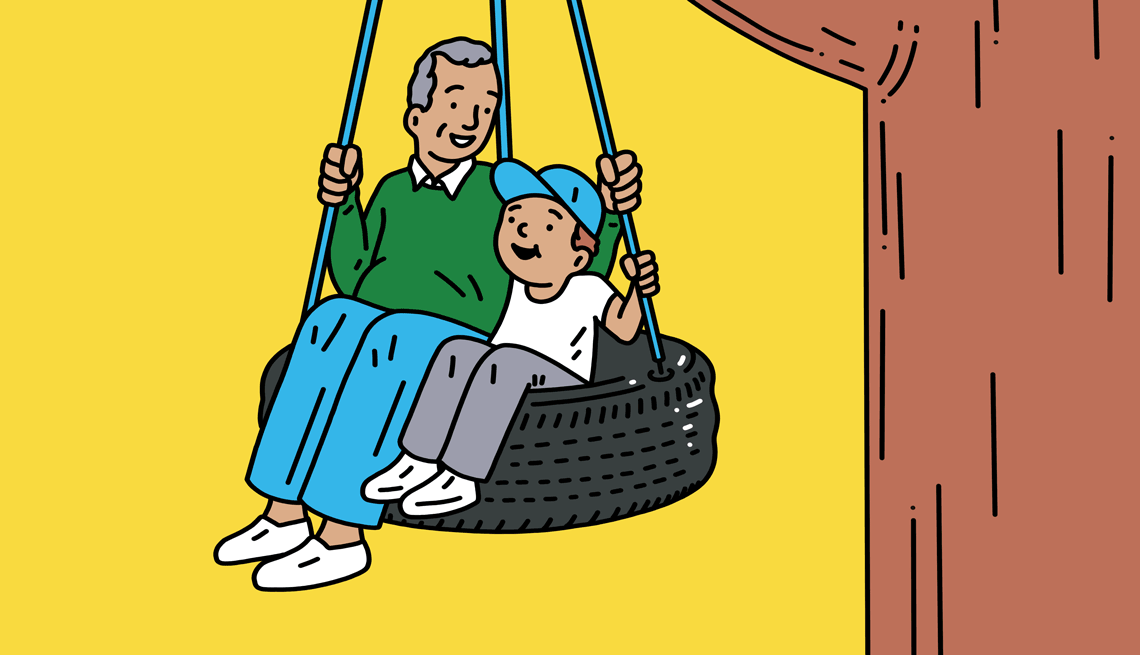
“Nobody can do for little children what grandparents do,” Roots author Alex Haley once wrote. “Grandparents sort of sprinkle stardust over the lives of little children.” For anyone lucky enough to be a grandparent, you know just how true those words are. Whether you live close to your grandkids or visit whenever you can, you show up with a kind of magic: part friend, part guide, part mythological figure who remembers when gas was 32 cents a gallon and phones had cords.
That magic is about more than just nostalgia. A strong relationship with grandparents can have positive effects on grandkids’ mental and physical health, according to a 2023 study published in the International Journal of Public Health. Grandparents benefit, too. A 2024 National Poll on Healthy Aging from the University of Michigan’s Institute for Healthcare Policy and Innovation (with support from AARP) found that 72 percent of people with grandkids say they hardly ever feel isolated. And those without grandchildren were more likely to report fair or poor mental health (13 percent versus 9 percent). Who knew peekaboo could be a wellness plan?
“It’s important to show up,” says grandmother and Pulitzer Prize-winning author Anna Quindlen. “Seeing my grandparents once a week growing up … gave me a sense of being part of something greater than myself.”
That’s the real goal: not to impress your grandkids with coolness (although we won’t stop you from trying), but to show up, stay curious, and share time in ways that leave everyone smiling — and maybe even a little better off.
Here are 25 fun, heartfelt and occasionally hilarious ways to make the most of your time together.
1. Teach them something new
Kids love learning new things, especially when it comes with a side of kind grandparent wisdom and zero homework. You could teach them how to cast a fishing line, change a tire, read a paper map or any other skill that they might not otherwise learn.
Shirley H. Showalter, coauthor of The Mindful Grandparent: The Art of Loving Our Children’s Children and cofounder of the grandparent support network Grandmas for Love, says her husband, Stuart, has taught one of their granddaughters to play FreeCell. “[It’s] one of his favorite computer games.” They also bought her a chess game that teaches basic strategy, Showalter says. “We helped her learn how to ride a bike. I have taught her the basics of pickleball.”
You don’t have to be an expert. You just have to be patient and willing to laugh when things go sideways.
2. Be curious about their lives
One of the best gifts you can give your grandchild is your undivided attention. In a world where kids are often talked over, talked at or half-listened to while someone checks their phone, simply being heard can feel like a superpower.
“Communication is key to relationships,” says Carole B. Cox, a gerontologist and professor of social work at Fordham University. “It is incredibly important that you listen to the children with full attention.”
That means asking questions and then truly listening to the answers. Skip the typical “How was your day?” unless you want the equally typical “Fine.” Cox suggests going for something more specific and less scripted: “What did you like best today?” or “How did you feel when that happened?” And resist the urge to jump in with your own take. “Talking about fe
elings can lead to deeper conversations,” Cox says. “But it is important not to be judgmental.”
Kids, like adults, open up when they feel safe, seen and not pressured. So give them the floor. You might be surprised by what they share when they sense you’re not waiting to talk.
3. Plan a hangout they’ll remember
Every kid wants to feel like the most important person in the room. And nothing says “You matter” like a night out (or in) with just the two of you. “It’s an awesome way to build tradition and relationship,” Bergren says, “and it can be done monthly or weekly.” She knows grandparents who host regular sleepovers, complete with movies, popcorn and pancakes. Others go big on budget nights out, like free kids’ meals at the local diner.
Showalter keeps things simple but special: “Our last ‘date’ was rating all the store samples at Costco and getting pizza and salad at the food bar.”
It’s not about dazzling them with activities; it’s about consistency and connection. Make a list of shared favorites: making up silly songs, drawing chalk murals on the driveway or challenging each other to a bubble-blowing contest. The point is to carve out space where your grandchild gets your full attention, and maybe a little extra whipped cream on their sundae.
4. Say “Yes, chef”
You don’t have to be a master baker to enjoy mixing up a little magic in the kitchen. In fact, half the fun is embracing the beautiful mess of flour on the floor, frosting on noses and cookies that come out a little … well, abstract.
Start simple — think banana bread, boxed brownies or sugar cookies with sprinkle overload. As their skills (and attention spans) grow, so can the complexity. Let younger kids pour, stir and decorate. Older ones can crack eggs, measure or even handle a whisk without sending batter airborne.
“The best thing that comes out of it is that you connect,” says Ann McKitrick, an early-childhood education expert. “Food is the all-time connector.”
5. Get hands-on with glue, glitter and giggles

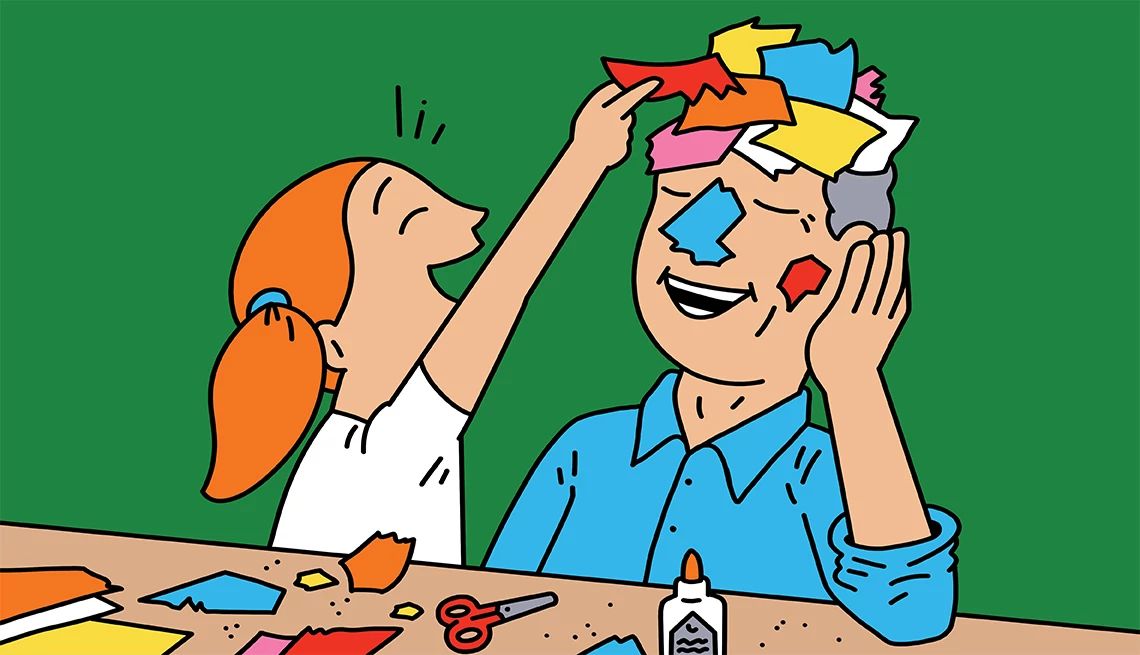
Crafting is officially cool again. The trend, affectionately dubbed “grandmacore,” has swept through TikTok, bringing with it a new generation of needle-wielders, tie-dyers and pint-sized potters. These creative sessions nurture self-expression, sharpen fine motor skills and, especially with things like knitting or needlepoint, help kids develop perseverance and problem-solving chops.
“I have a friend who is teaching her grandchildren to crochet,” says Lisa Tawn Bergren, 58, a grandmother and author of Nana the Great Comes to Visit. “It gives them time together to chat, and producing something simple, like a dishcloth, is gratifying to kids. Another friend has taken her grandchildren to a pottery-painting place where they choose the item, glaze it and return for the finished product.”
The real joy isn’t in the finished piece (though yes, your grandchild’s lopsided mug deserves its place of honor on the kitchen shelf). It’s in the laughter, the quiet concentration and the shared pride that comes from saying “We made this together.”
6. Fire off emojis like a cool kid
You may long for a heart-to-heart over coffee, but your grandkid would rather exchange emojis over a screen, if they respond at all. That’s not rejection; that’s just modern adolescence. Studies show teens prefer texting to talking, and the silence is rarely personal.
So if you want to stay in the mix, take a cue from the digital world they live in. Send a short text that doesn’t require a reply:
💭“Thinking of you today. Hope it’s a good one.”
👏“Proud of you. Always cheering.”
Kids love funny memes and emojis, Bergren notes. “Google how to create emoticons on your phone if you don’t know how. And don’t expect long responses, or responses at all. The point is to connect. They’re feeling that little ‘love nudge’ from you and probably smiling even if they don’t text back.”
The key is to keep it light, low-pressure and genuinely encouraging. And when in doubt, a well-placed heart emoji ❤️ can speak volumes.
7. Say yes to mud, paint and chaos
Few things light up a kid’s face faster than hearing “Sure, go ahead,” especially when it involves garden hoses, glitter explosions or a baking-soda volcano that might reach the ceiling. Grandkids remember those yeses. They remember the freedom to be a little wild, a little weird and wildly themselves.
Messy play isn’t just about the mess. It tells kids that they’re safe, that their creativity matters more than staying tidy, and that they can take risks without judgment. That sense of safety lays the foundation for emotional growth, confidence and a lifelong sense of belonging.
“[My granddaughter] Lydia loves to use the garden hose, and I let her squirt me in the backyard, making exaggerated squeals,” says Showalter. “I usually get her back. She also loves to make her own science experiments. For a while she wanted to make slime all the time. I try to get her to help clean up so she can begin to calculate cost-benefit ratios to this kind of play.”
In other words, go ahead and say yes to the slime. The mess is temporary. The memory is forever. And that trail of flour through the kitchen might just be the path to a future scientist.
8. Don’t try to buy their love
It’s easy to fall into the trap of trying to win their affection with gifts, especially when you find yourself face-to-face with a bright-eyed grandchild holding a catalog and a very persuasive pout. But before you break out your credit card for the latest plastic marvel, consider a more lasting gift: your time.
“Gifts are quickly forgotten,” says Bergren. “Taking your grandchild to the zoo, botanical garden or overnight in a hotel — with a pool! — bonds you with them and gives you something to talk about for years to come.”
A 2018 study in the journal Infant Behavior and Development found that toddlers actually play more creatively and with greater focus when they have fewer toys. The same study also confirmed something most grandparents already know in their gut: People get more satisfaction from experiences than from material things.
9. Build a fairy garden
Welcome to the tiny world of wonder, where mushrooms become fairy umbrellas, and pebbles double as gnome stepping stones. A fairy garden — a miniature landscape built to charm fairies, elves and the occasional friendly troll — is the perfect project for kids ages 3 to 12.
The beauty of it? It can be as quick or as intricate as you like. Whether you’re short on time or working with a preschooler’s attention span, a simple arrangement of leaves and flowers can be enough to spark joy and imaginative play. On the other hand, if you’ve got a weekend and a child with big ideas, a fairy garden can become a long-term collaboration full of mossy trails, glittery doors and tiny teacups. Start with a shallow container, a corner of the yard or even a large flowerpot. Then let your grandchild’s imagination take the lead.
“The simplest materials, like sticks, dandelion puffs, flowers, cobwebs, scarves and almost anything else, can become magic,” says Showalter.
10. Grab a video game controller and play


According to a 2022 AARP survey, 46 percent of all grandparents play video games at least once a month. The most devoted? Grandmothers, who now outplay grandfathers by a noticeable margin.
There’s your opportunity: Let your grandkids teach you what’s cool. They’re your best source for what’s trending, and asking them to show you how to play is a powerful invitation into their world. Video games create a surprising space for bonding, especially if you’re willing to let them win (at least once).
You don’t have to be good. You just have to pick up the controller.
11. Get up early
There’s something quietly beautiful about the early morning, before the house fills with noise, screens and schedules. For grandparents and grandkids alike, it can be the perfect time to connect without distractions.
“My grandchildren are 9, 6 and 5, so they are still at that stage when they wake up early. And I’m 73, so I am, too,” says Anna Quindlen, author of Nanaville: Adventures in Grandparenting. “Early mornings with Nana are a great way to connect with them, and it allows their parents to either sleep in or get things done. Cereal or pancakes and desulto
ry conversation while I have my coffee.”
There’s no pressure to plan a big outing or come up with a craft. Just being there, sharing sleepy-eyed chatter over breakfast, is enough. Sometimes the smallest routines, like pouring the milk, cutting the strawberries or giggling about bedhead, are the ones that linger longest in our memory.
12. Pop into their screen with a big smile
If you can’t be there in person, opt for the next best thing. Videoconferencing apps like Zoom, FaceTime and Google Meet provide a meaningful way to stay close when miles get in the way. Don’t underestimate how much joy your face can bring to theirs, even through a screen.
“Tech is a very important tool for grandparents,” Cox says. “I have found that once they learn Zoom, they really enjoy it.” If you’re new to the technology, don’t fret. We’ve put together a video guide to learning Zoom at any age.
To make it more fun, lean into the weird and wonderful. “Go to your local craft store and pick up funny hats or headbands or glasses to surprise them when they first see you [on camera],” says Bergren. “Or get a T-shirt printed with their giant face on it. Don’t forget to think about something fun to share with them that happened to you this week.”
A little effort goes a long way. Even if they roll their eyes, they’ll remember that you showed up with heart, humor and a feather boa.
13. Leave a little bit of yourself behind
Sometimes the smallest objects hold the biggest memories. And everyday items can become little time capsules of your love.
“Give your grandchild one of your tools,” says Susan Newman, a social psychologist and author of Little Things Long Remembered: Making Your Children Feel Special Every Day. “Especially if it’s something you’ve used together in a fun activity. I have my grandmother’s rolling pin and a spatula from decades ago.”

































































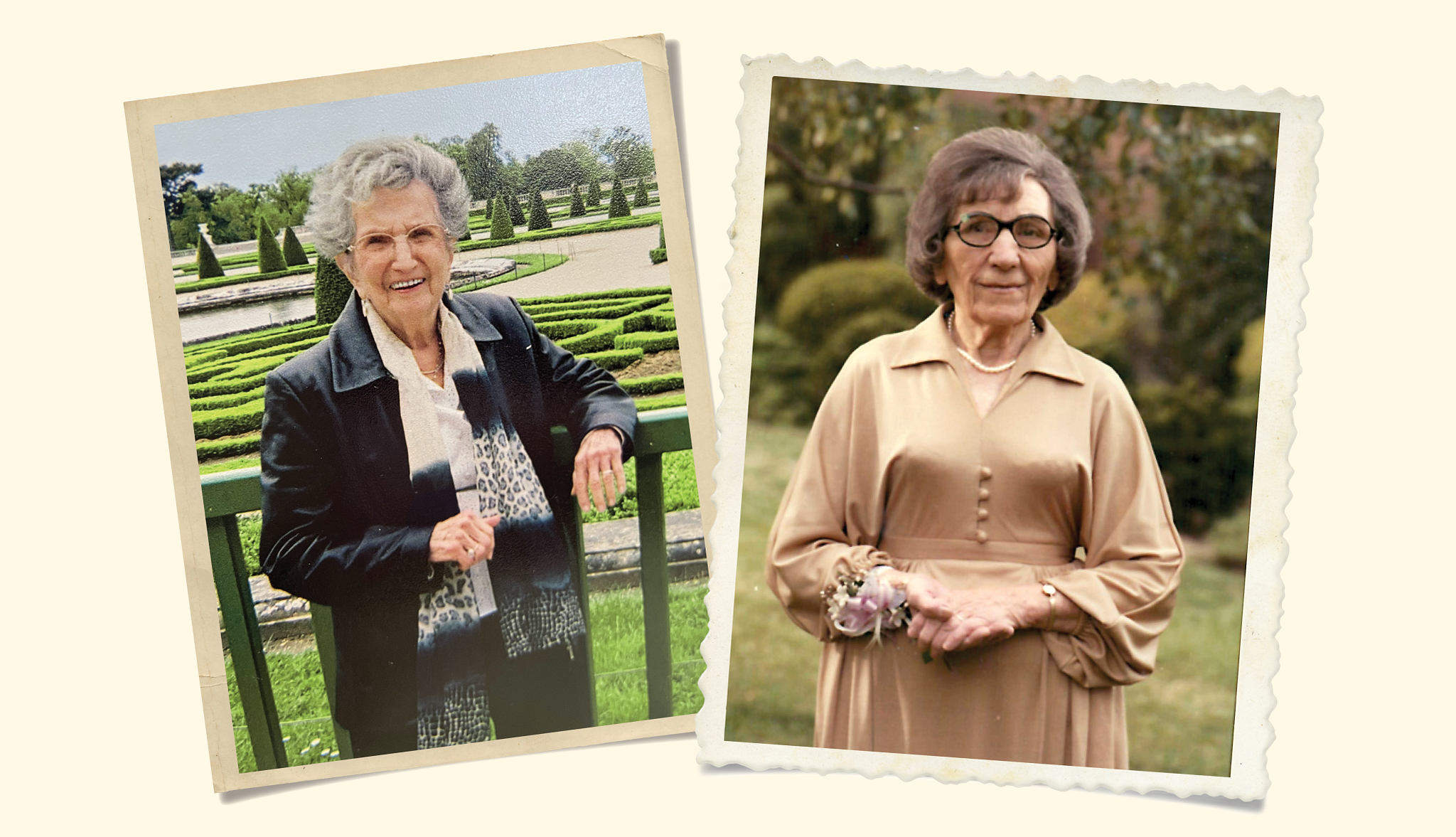

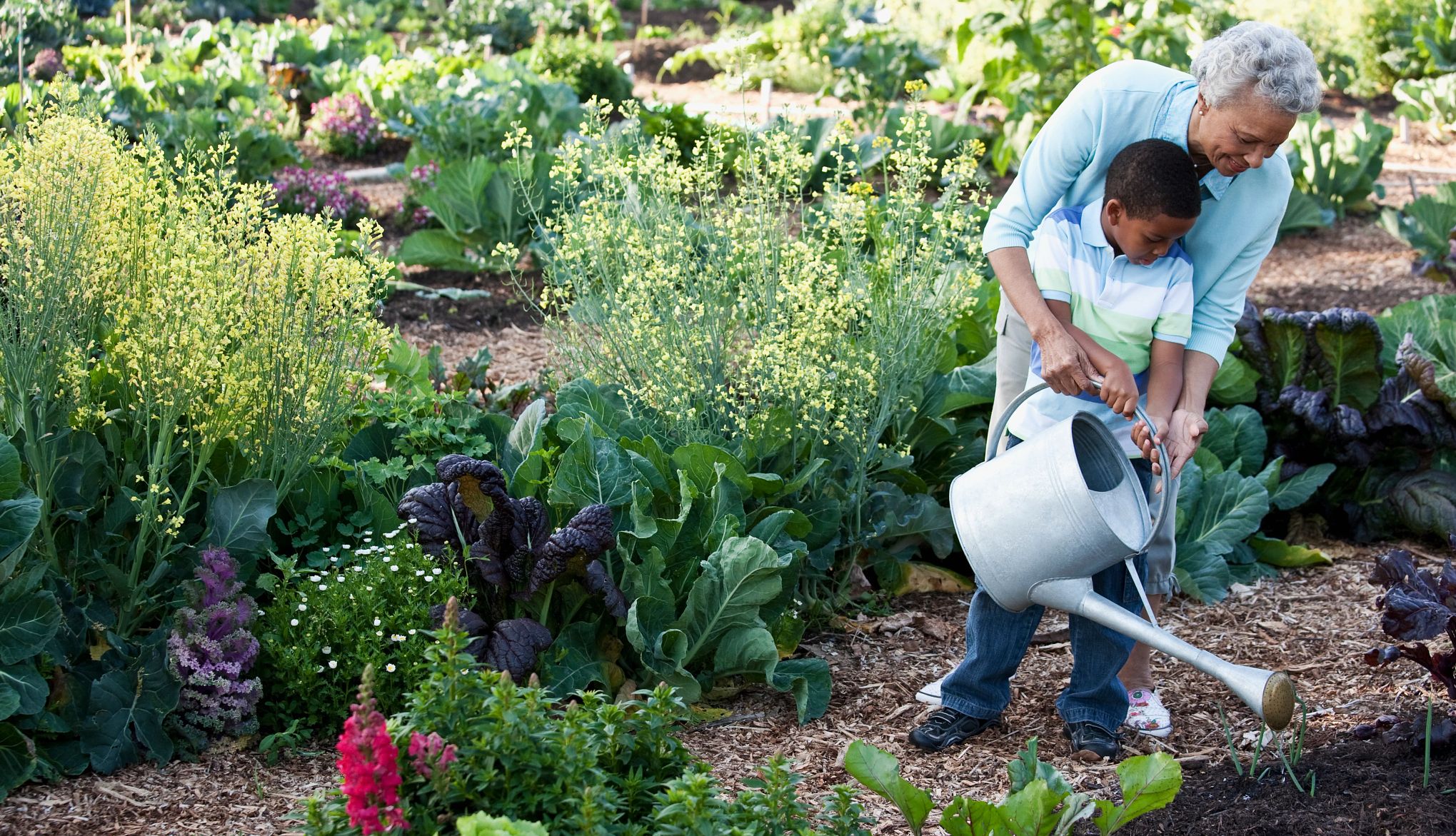




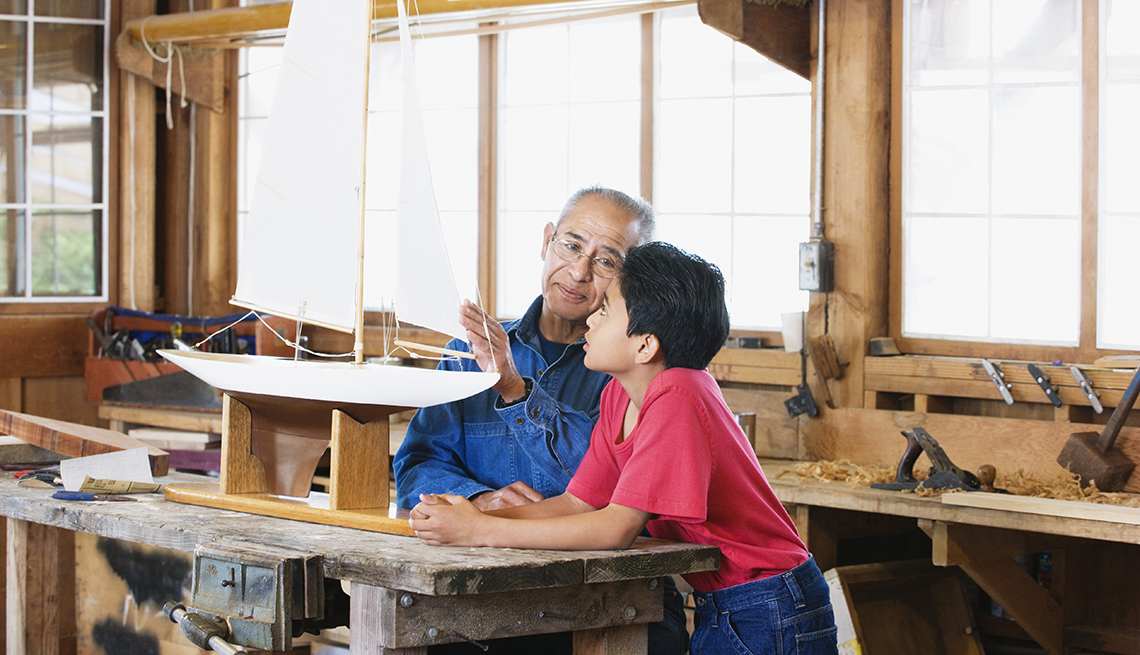
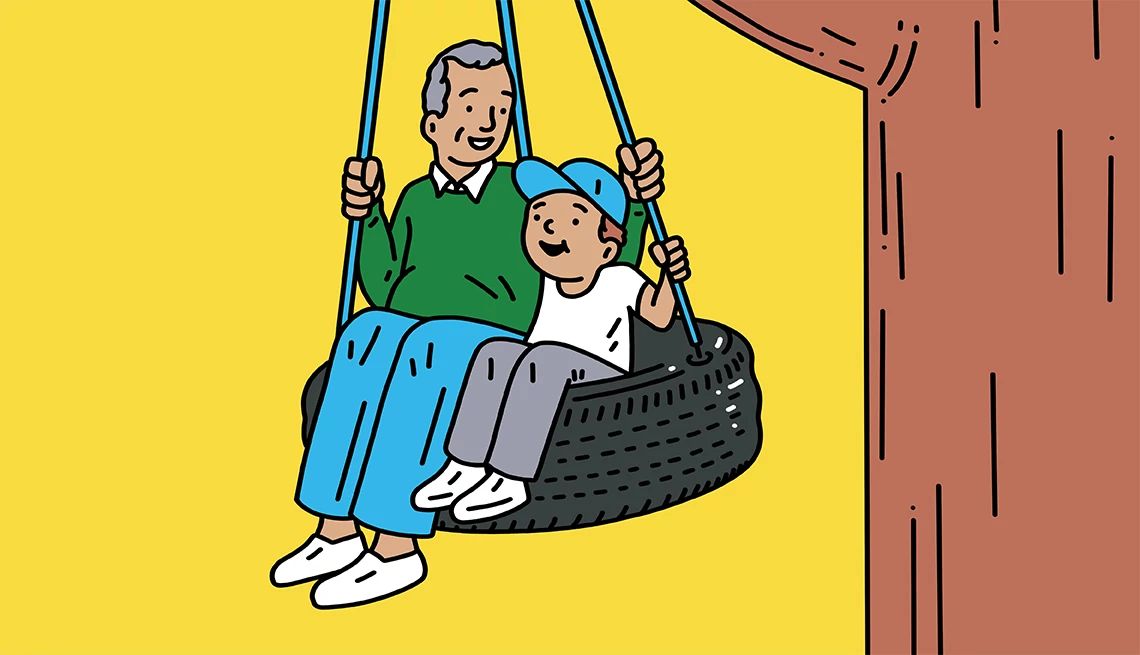






You Might Also Like
How to Make Burning Man Appealing to Adults 50+
3 a.m. drum circles? Hard pass. Here’s how to upgrade the desert rave for the older set
Mark Bittman’s Pork and Watermelon Tacos
Pair them with luscious corn chowder — and leave room for fudge cake
Open Up the Wallet a Little for ‘Small Money’
Frugality is good in retirement, but don’t be afraid to spend sometimes